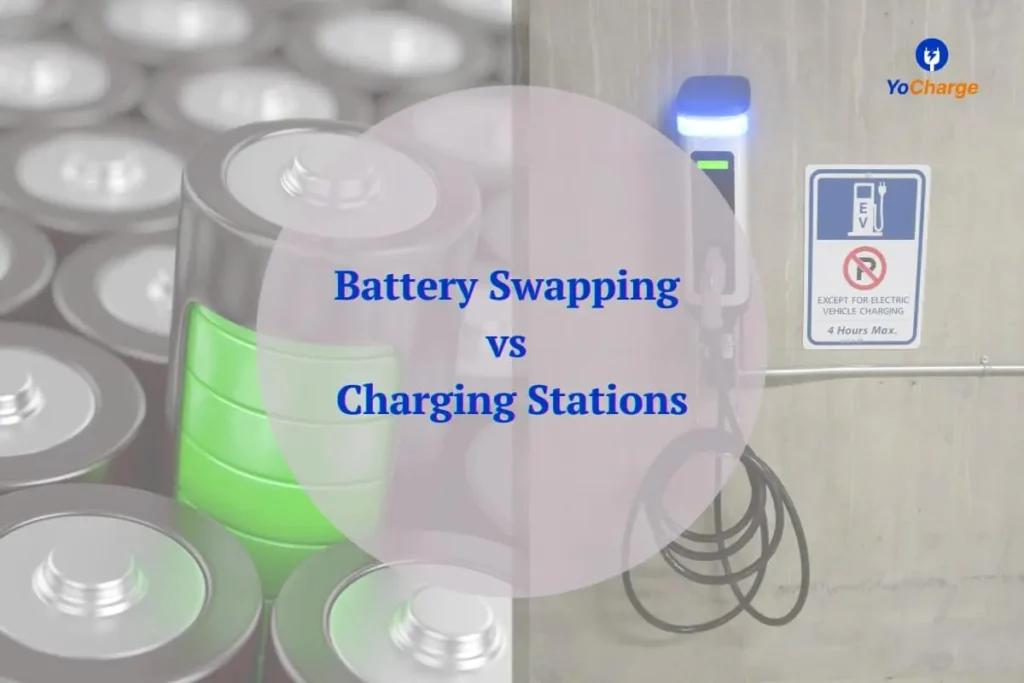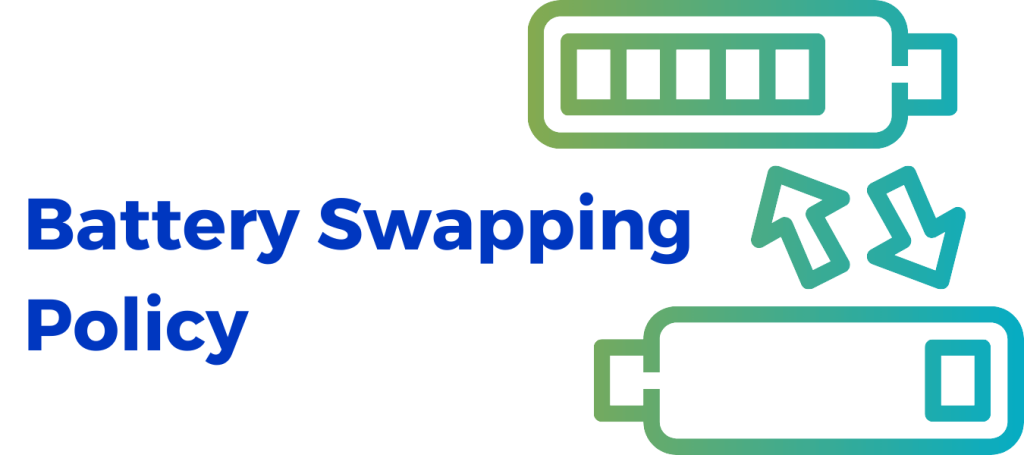

Battery swapping is an emerging technology in the electric vehicle (EV) industry, promising a quicker and potentially more convenient alternative to traditional charging methods. This approach aims to address the lengthy charging times associated with EVs, potentially revolutionizing the way we power our vehicles. However, it also raises important questions about its feasibility, practicality, and long-term viability. This article will delve into the pros and cons of battery swapping, analyzing its potential advantages and disadvantages, while exploring the challenges that remain. We’ll consider factors such as cost, infrastructure, and technological hurdles before drawing conclusions about its future impact on the automotive market. It will explore whether battery swapping is a viable, sustainable, and impactful alternative to traditional EV charging practices.
Understanding Battery Swapping
Defining Battery Swapping
Battery swapping, in simple terms, involves replacing a depleted battery pack in an electric vehicle (EV) with a fully charged one at a designated swapping station. This process, designed to mimic the quick convenience of filling a gas tank in a conventional car, is meant to address the limitations of long charging times for EVs. The key concept is to quickly substitute the battery, eliminating the need for lengthy charging sessions. The rapid turnaround time is intended to significantly enhance user experience and appeal. Many experts consider it a viable approach, offering advantages in convenience and flexibility.### Identifying the Problem
Traditional EV charging methods are often cited as a critical drawback of EVs. Extended charging times, sometimes exceeding several hours, present a significant barrier to widespread adoption. This inconvenience can restrict driving range and impact user acceptance. The reliance on long-duration charging, especially at home, requires careful planning and can create inconvenience when traveling. This inconvenience is one of the principal drivers for exploring alternative solutions, such as battery swapping, that promise to streamline the EV charging process.
Advantages of Battery Swapping
Enhanced Charging Experience
The fundamental advantage of battery swapping is the significant reduction in charging time. Users can replace a depleted battery pack with a fully charged one within minutes, offering a level of convenience comparable to refueling a gasoline-powered vehicle. This convenience is particularly appealing in situations where fast charging is crucial, such as for long-distance travel or time-sensitive journeys. The reduced charging time will dramatically enhance the usability of EVs and increase their appeal as a practical transportation option.
Disadvantages of Battery Swapping
Infrastructure Challenges
One significant drawback is the need for extensive infrastructure. Building a network of battery swapping stations across cities and countries is an immense undertaking requiring substantial investment. The cost of establishing and maintaining this network is a considerable factor. The high costs of developing such stations, along with the need for dedicated staff, are often not considered sufficiently in cost analyses. Establishing a functional network is a substantial financial and logistical undertaking. This factor often significantly limits the implementation and broad application of battery-swapping solutions.
Technological Considerations
Battery Technology and Compatibility
The efficiency of battery swapping depends on factors like battery technology and interchangeability of battery packs. Standardization in battery design and specifications is essential to ensure compatibility among different swapping stations and vehicle models. The interchangeability of batteries is critical for avoiding compatibility issues and ensuring quick replacement. If not addressed, this aspect could severely impact the practicality and adoption of the technology.
Future Potential and Conclusion
Market Trends and Forecasts
Battery swapping technology has the potential to significantly enhance the user experience of electric vehicles. With its potential to streamline charging, battery swapping holds the promise of significantly improving user experience. It is important to assess the actual costs against the perceived benefits. Further research into alternative materials, such as solid-state batteries, holds the key to lowering costs while improving battery life.
Case Studies and Examples
Current Implementations
While widespread adoption is still emerging, several companies are pioneering battery swapping solutions. Some companies have already deployed limited networks within specific geographic areas or industry segments. Further analysis of actual implementations and the lessons learned in case studies is essential to inform future developments in the field of EV charging technologies.
Global Market Trends
Global adoption rates
Several countries are now implementing incentives and strategies to encourage the growth of battery swapping technology. Monitoring the global adoption rate and associated trends will reveal valuable insights into market acceptance and the potential for widespread adoption.
Economic Factors
Cost-Benefit Analysis
The economic viability of battery swapping depends on several factors, including the cost of batteries, the cost of swapping stations, and user adoption rates. A thorough cost-benefit analysis must account for all these factors. Identifying the ideal price points for both batteries and swapping stations is essential to assess the real costs to both producers and consumers.
Environmental Impact
Sustainability and Battery Lifespan
The environmental impact of battery swapping will be crucial in its long-term sustainability. The recycling of spent battery packs and the impact on material usage throughout the supply chain are also important aspects to consider in the context of sustainability.
FAQ
What are the potential drawbacks of battery swapping?
Battery swapping, while promising, has its limitations. High initial infrastructure costs are a major concern. Setting up swapping stations necessitates significant investments in specialized equipment, and the establishment of an extensive network of such stations poses a significant logistical challenge. The ongoing maintenance costs of these stations, the availability of compatible battery packs, and the security implications related to battery handling and storage need careful consideration. These factors can impact the overall affordability and viability of battery swapping solutions for consumers.
In conclusion, battery swapping presents a promising approach to solving charging inefficiencies, offering a potentially faster and more convenient alternative to traditional charging methods. While hurdles like infrastructure development and cost remain, the potential for widespread adoption is undeniable. Further research and development in battery technology and the continued exploration of diverse business models are key to unlocking the full potential of battery swapping and determining whether it truly becomes a permanent fixture in the automotive landscape, or simply a fleeting trend. To explore these opportunities further, consider investigating the market dynamics and specific applications of battery swapping. Dive into the intricacies of the technology and the potential cost-benefit analysis.